Tommy John Surgery (UCL Injury)
Tommy John Surgery
You’ve probably heard of Tommy John surgery even if you don’t follow baseball. It’s the popular name for ulnar collateral ligament reconstruction, a surgical procedure used to repair damage to the UCL in the elbow. The surgery was pioneered by Dr. Frank Jobe in 1974 and has since been used on countless athletes, both young and old. While it may be seen as a last resort, Tommy John surgery can help restore function and mobility to an injured elbow, allowing patients to return to their everyday lives. Learn more about Tommy John surgery and how it can help you or a loved one recover from an injury.

Who is a candidate for Tommy John surgery?
Most patients who undergo Tommy John surgery are baseball pitchers, but the procedure can be performed on any athlete who has damage to their elbow ligament. In some cases, the damage may be caused by overuse, while in others it may be due to an injury.
Tommy John Surgery: The procedure itself, including the surgeon's approach and the patient's experience
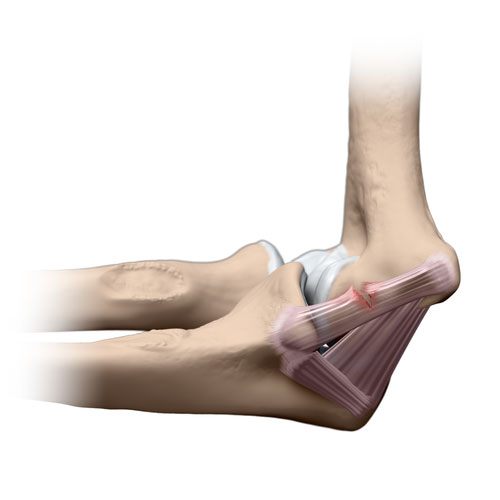
Tommy John surgery, also known as ulnar collateral ligament (UCL) reconstruction, is an outpatient procedure to repair the damaged or torn ulnar collateral ligament in the elbow. The surgery is named after Los Angeles Dodgers pitcher Tommy John, who was the first baseball player to successfully have the operation in 1974.
The UCL is one of four major ligaments that stabilize the elbow joint. It runs from the inner side of the elbow to the ulna bone in the lower arm and provides stability for throwing motions. UCL injuries can cause it to stretch or tear, resulting in pain and loss of strength in the elbow.
Tommy John surgery reconstructs the UCL by using a tendon from another part of the body, typically the upper arm bone, forearm bone or hamstring, to create a new ligament. The surgery is performed through small incisions in the elbow joint and usually takes about an hour to complete.
Most patients who undergo Tommy John surgery experience a full recovery and are able to return to their previous level of activity within four to six months. However, some patients may need up to 12 months to fully recover.
The decision to undergo Tommy John surgery is typically made after several weeks or months of nonsurgical treatment has failed to relieve symptoms. Nonsurgical treatment options for UCL injury include rest, sports medicine, ice, physical therapy, and nonsteroidal anti-inflammatory medications. Steroid injections may also be used in an attempt to reduce inflammation and pain.
Some patients, particularly young athletes, may be able to avoid surgery by modifying their activity level or using a special brace or another device that limits the stress on the elbow joint. This reduces the chance of getting UCL tears or elbow injuries. However, most patients who require Tommy John surgery do so because they have a complete tear of their UCL.
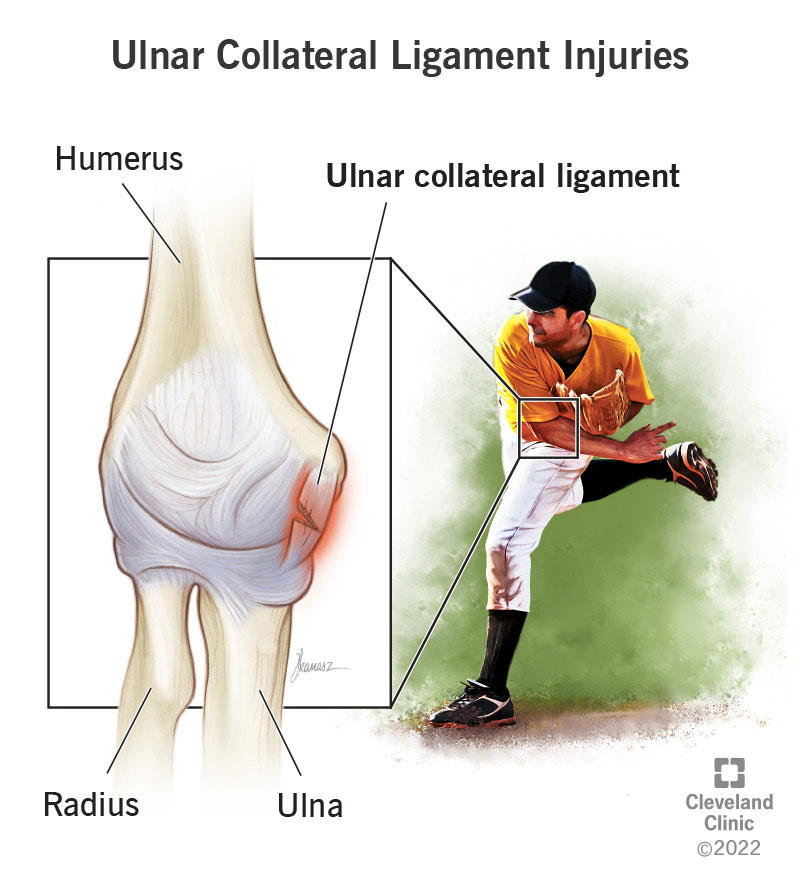
What is the recovery time for Tommy John surgery?
The recovery time for Tommy John surgery varies from patient to patient, but most people can expect to miss at least four to six months of activity. Some patients may need up to a year to fully recover. Physical therapy is an important part of the recovery process and will help improve range of motion and strength.
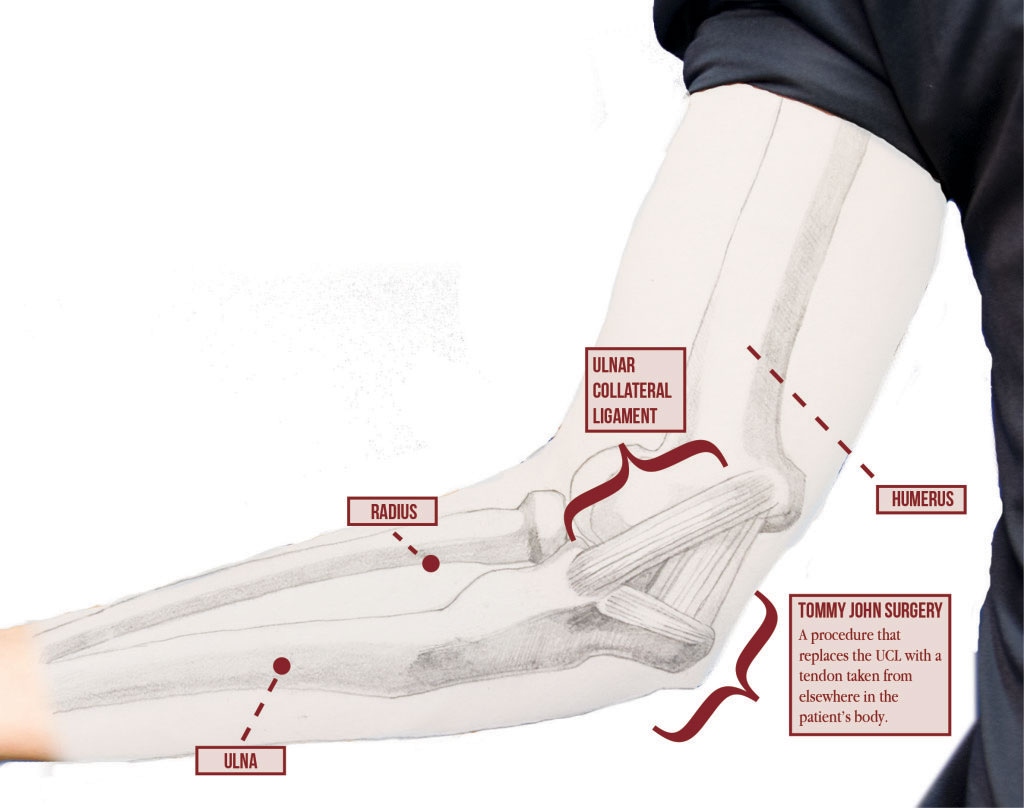
Are there any risks associated with Tommy John surgery?
As with any surgery, there are some risks associated with Tommy John surgery. These include infection, nerve damage, and stiffness in the elbow joint. However, these complications are rare and most patients experience a full recovery with no problems.
Tommy John surgery is a safe and effective way to treat damage to the elbow ligament. The surgery can be performed on any athlete who has suffered this type of injury. Most patients need four to six months to recover, but some may take up to a year.
There are some risks associated with the surgery, but they are rare and most patients experience no complications. If you have any questions about whether or not Tommy John surgery is right for you, please speak to your doctor.
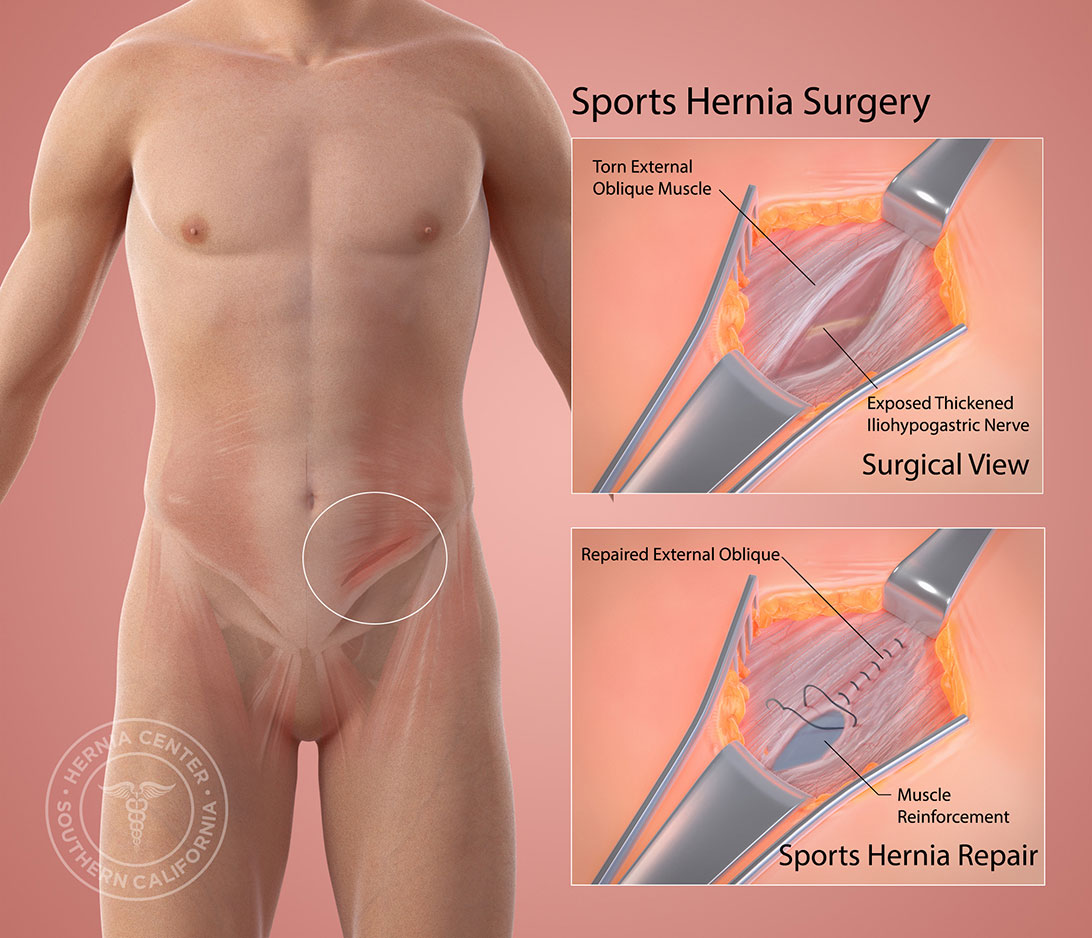
What to expect post-surgery?
While Tommy John surgery is generally successful, there is always a risk of complications, such as infection, nerve damage, and stiffness in the elbow joint. In addition, some patients may experience a loss of range of motion in the elbow joint after surgery.
Patients who undergo Tommy John surgery should expect to miss four to six months of playing time. However, the procedure has a high success rate, and most patients are able to return to their previous level of activity.
How long Tommy John surgery can postpone retirement for ball players
Tommy John surgery is a procedure that is commonly performed on professional baseball pitchers to repair a damaged elbow ligament. The surgery usually involves taking a tendon graft from another part of the body and using it to replace the damaged ligament. The surgery has become increasingly common in recent years, as the number of professional pitchers undergoing the procedure has steadily risen.
While Tommy John surgery can be a successful way to prolong a pitcher’s career, it is not without its risks. There is always the potential for complications from any surgery, and there is also the risk that the pitcher will not be able to return to his previous level of performance. In addition, some pitchers who have undergone Tommy John surgery have experienced a decline in velocity and command after returning.
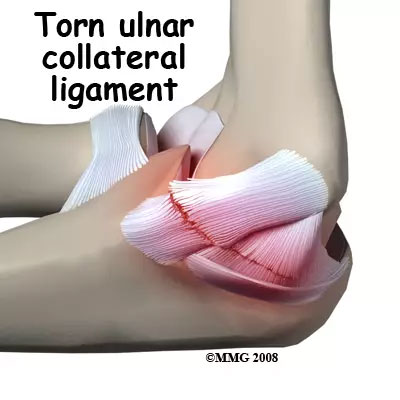
Possible risks and complications associated with the surgery
The potential for a decline in performance is an important factor to consider when deciding whether or not to undergo the procedure. However, for many pitchers, the benefits of Tommy John surgery outweigh the risks.
The surgery for these elbow or shoulder injuries can give young pitchers the ability to extend their careers and continue to compete at a high level, even if they are not able to return to their pre-surgery form.
Whether or not to have Tommy John surgery is a decision that must be made on a case-by-case basis. There is no right or wrong answer, and each pitcher must weigh the risks and benefits of the surgery before making a decision. However, for many pitchers with an elbow injury, Tommy John surgery can be a successful way to prolong their career and compete at a high level.
Pitchers who have undergone Tommy John surgery often say that the procedure has allowed them to extend their careers by several years. In some cases, pitchers have been able to return to their previous level of performance after the surgery. While there is always the potential for complications from any surgery, many pitchers feel that the benefits of Tommy John surgery outweigh the risks.
Tommy John surgery can be a successful way to prolong a pitcher’s career, but it is not without its risks. Pitchers should weigh the risks and benefits of the surgery before making a decision. However, for many pitchers, the benefits of Tommy John surgery outweigh the risks.
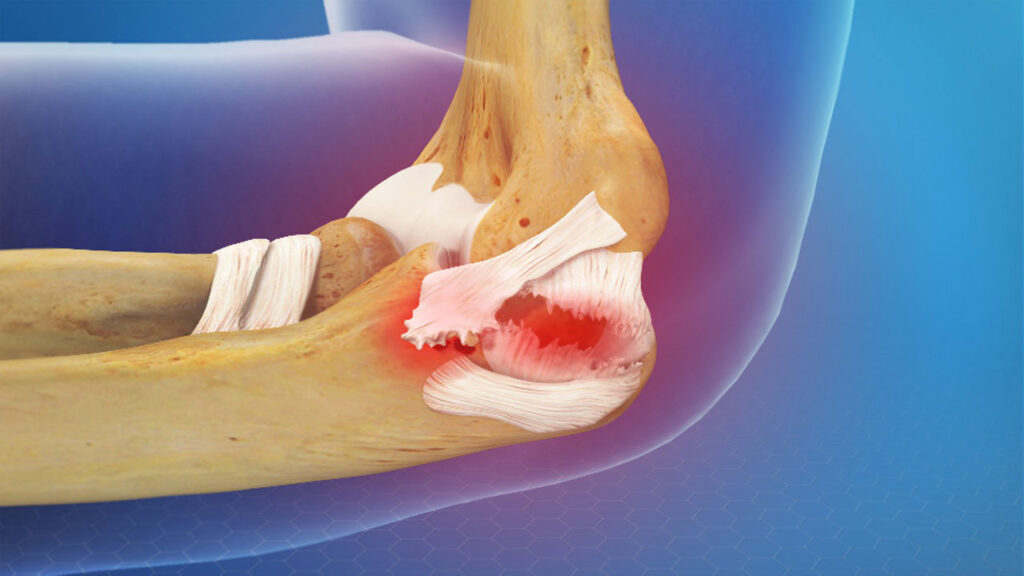
The cost of the Tommy John surgery and how to finance it
The potential for a decline in performance is an important factor to consider when deciding whether or not to undergo the procedure. However, for many pitchers, the benefits of Tommy John surgery outweigh the risks.
The surgery for these elbow or shoulder injuries can give young pitchers the ability to extend their careers and continue to compete at a high level, even if they are not able to return to their pre-surgery form.
Whether or not to have Tommy John surgery is a decision that must be made on a case-by-case basis. There is no right or wrong answer, and each pitcher must weigh the risks and benefits of the surgery before making a decision. However, for many pitchers with an elbow injury, Tommy John surgery can be a successful way to prolong their career and compete at a high level.
Pitchers who have undergone Tommy John surgery often say that the procedure has allowed them to extend their careers by several years. In some cases, pitchers have been able to return to their previous level of performance after the surgery. While there is always the potential for complications from any surgery, many pitchers feel that the benefits of Tommy John surgery outweigh the risks.
Tommy John surgery can be a successful way to prolong a pitcher’s career, but it is not without its risks. Pitchers should weigh the risks and benefits of the surgery before making a decision. However, for many pitchers, the benefits of Tommy John surgery outweigh the risks.
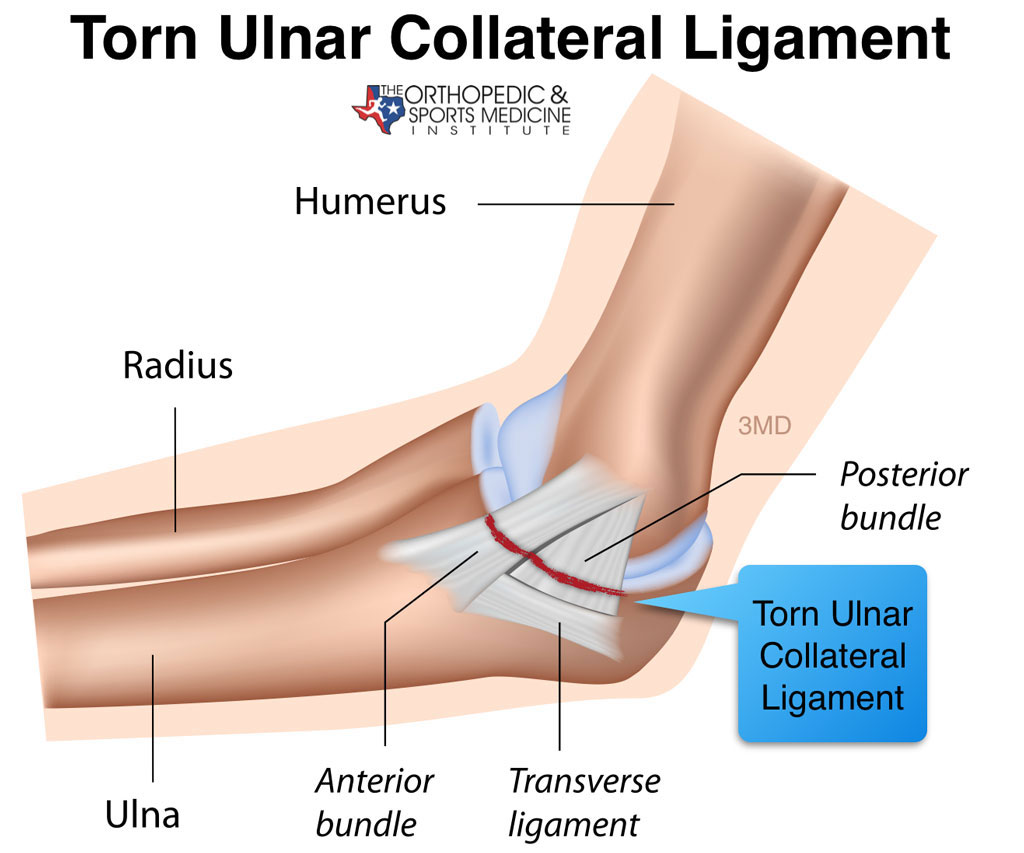
Have you been injured at some point in your journey?
Are you not achieving your highest level of function?
We’ve helped hundreds of people at all walks in life
get back to performing their best painfree!
3 Ways to Level Up Your Rehab and Injury Prevention With Us





